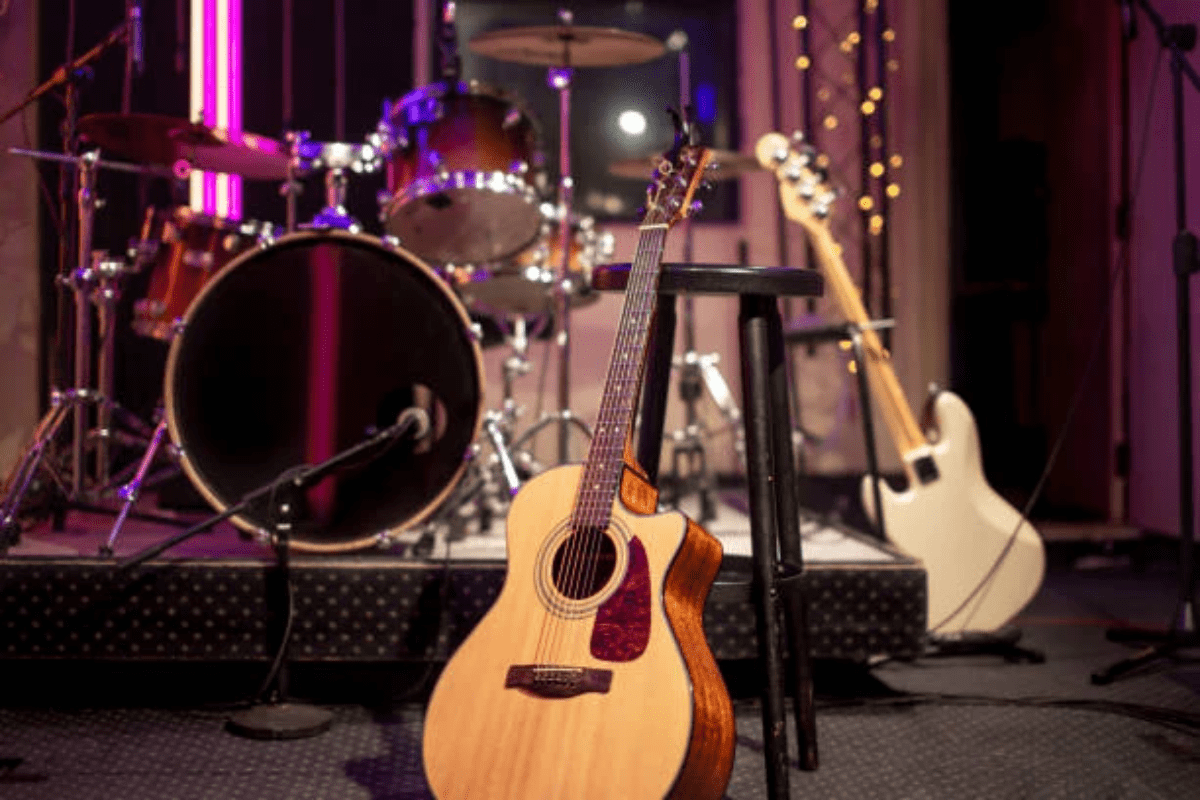
If you're a drummer who plays live shows regularly, you know how important it is to have a soundproof and visually appealing drum enclosure. Whether you're playing in a small venue or a large concert hall, having a drum enclosure can make a world of difference in the quality of your performance. In this article, we'll explore the benefits of drum enclosures and provide you with some tips on how to create the perfect one for your needs.
What is a Drum Enclosure?
A drum enclosure is essentially a soundproof shield that surrounds your drum set during live performances. Its purpose is to prevent sound leakage from the drums, cymbals, and other percussion instruments, allowing for better control of the overall sound mix. Drum enclosures are commonly used in venues where volume levels need to be kept at a minimum, such as churches, theaters, and smaller clubs.
Benefits of Using a Drum Enclosure
There are several benefits to using a drum enclosure during live performances. One of the main advantages is improved sound quality. By containing the sound of your drums within the enclosure, you can ensure that the audience hears a clean and balanced mix of all the instruments. This is especially important in smaller venues where sound can easily get muddled without the proper containment.
Another benefit of using a drum enclosures is reduced stage volume. Drum enclosures help to minimize the amount of sound that is projected onto the stage, making it easier for you and your bandmates to hear each other clearly during the performance. This can lead to tighter musical cohesion and a more polished overall sound.
Additionally, drum enclosures can help to protect your hearing. By containing the sound of your drums within the enclosure, you can reduce your exposure to loud volumes that can potentially damage your hearing over time. This is especially important for drummers who play regularly in loud environments.
Tips for Creating the Perfect Drum Enclosure
Now that you understand the benefits of using a drum enclosure, here are some tips for creating the perfect one for your live performances:
1. Choose the Right Materials: When building a drum enclosure, it's important to choose materials that will effectively block sound while still allowing for adequate ventilation. Acoustic foam panels, soundproof curtains, and heavy-duty sound barriers are all popular choices for creating a drum enclosure.
2. Consider the Size and Shape: The size and shape of your drum enclosure will depend on the size of your drum set and the layout of the stage. Make sure to measure the dimensions of your drum set and leave enough space for you to comfortably play inside the enclosure.
3. Add Personal Touches: Consider adding personal touches to your drum enclosure to make it visually appealing. You can decorate the enclosure with LED lights, custom decals, or your band's logo to give it a unique and professional look.
4. Test the Sound: Once you've constructed your drum enclosure, it's important to test the sound to ensure that it's effectively blocking sound leakage. Have a friend or bandmate listen from different areas of the venue to make sure that the sound is contained within the enclosure.
In conclusion, drum enclosures are a valuable tool for drummers who play live shows regularly. By creating the perfect drum enclosure for your needs, you can improve sound quality, reduce stage volume, and protect your hearing during performances. Follow the tips outlined in this article to create a drum enclosure that enhances your live performances and takes your drumming to the next level.